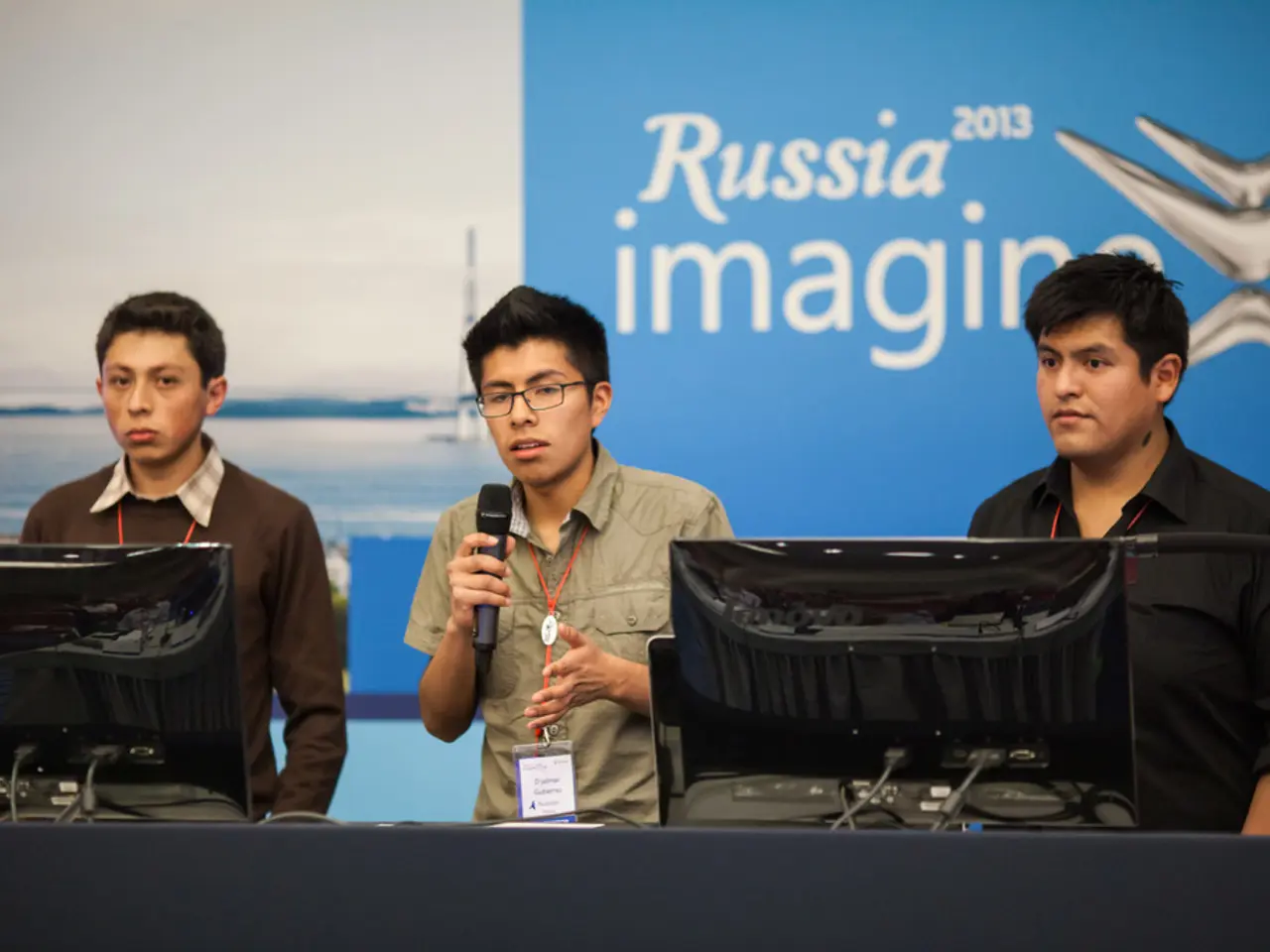Utility costs set to increase by 11.9%
In Russia, utility tariffs are set to undergo significant adjustments over the next few years, with the average nationwide increase expected to be around 10-12% in 2025-2026. This increase is a response to inflationary pressures and escalating resource costs, particularly in the gas and electricity sectors.
The tariff adjustments are linked to various factors, including rising prices for materials and the need to upgrade aging infrastructure. Despite federal limits on tariff increases, local authorities have the discretion to set final indexation levels based on local economic conditions and infrastructure needs. This results in some municipalities experiencing tariff increases far exceeding the national average. For instance, Izhevsk and Omsk have seen increases of 38% and 39.6% respectively, compared to about 15% in their regions.
As of July 2025, power grid tariffs in Russia have risen by approximately 11.5-11.6%, with household electricity tariffs increasing by 12.6%. Forecasts predict the total grid tariff to rise by 9.8% in 2026 and household tariffs by about 9.3% the same year, followed by smaller increases in subsequent years.
These increases represent the steepest utility rate hikes seen in recent years, justified by the need to modernize infrastructure and combat "gray" mining and other dishonest consumers, as suggested by Ilya Dolmatov, director of the Institute of Economics and Infrastructure Industry Regulation at the Higher School of Economics.
However, it's important to note that these increases can place a burden on low-income families. To support them, approximately 2 million families receive subsidies for utility bills. Despite these efforts, the current wear and tear of communal infrastructure is up to 70%, making it impossible to contain tariffs.
Water supply also depends on electricity prices and requires funds for water treatment reagents, which are becoming more expensive. Therefore, indexing tariffs for all utility services is considered a necessary measure to ensure timely funding for operational activities and uninterrupted service provision.
Despite these increases, the cost of gas, coal, fuel oil, and electricity still makes up more than 60% of heat prices. It's hoped that these adjustments will help to maintain the stability and efficiency of the utility sector in Russia amid broader inflation and economic slowdown trends.
Sources:
[1] Central Bank of Russia [2] Federal Antimonopoly Service of Russia [3] Energy Ministry of Russia [4] DK.RU [5] Higher School of Economics [6] Interfax News Agency [7] TASS News Agency
The utility tariff increases in Russia are not only affecting the power grid but also the finance sector, as families struggle to afford the rising bills, especially low-income households. The energy industry is also impacted, as the increases are intended to fund necessary infrastructure upgrades and combat dishonest consumers.




